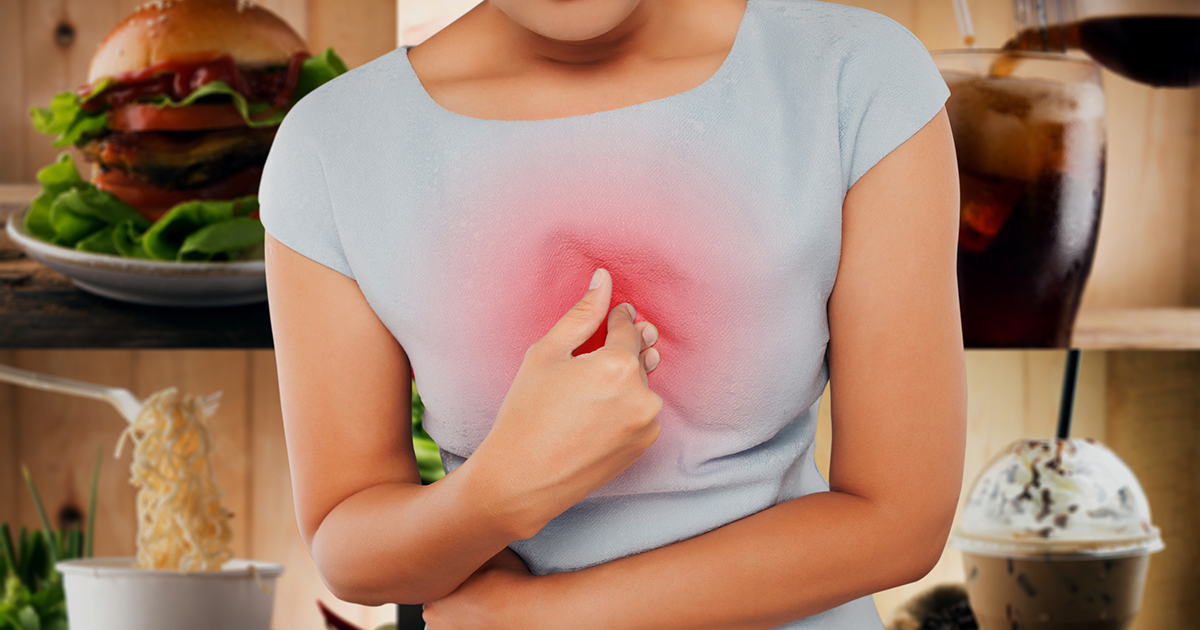What Causes Epigastric Pain?
Epigastric pain refers to any pain experienced within the middle portion of the upper abdomen, which is located right below the rib cage. Because of how nebulous this condition is, a large number of different causes can bring about this pain, some of which point towards more severe underlying problems. Occasional pain in this area of the body is usually something individuals can avoid obtaining treatment for since it will dissipate on its own. In many cases, the pain may be the result of eating food that has gone bad. If the pain doesn't dissipate, however, it's likely the problem is more substantial than eating bad food. The main causes of epigastric pain typically occur because of digestive issues or other underlying conditions. Identifying the cause of epigastric pain will make it easier to have the condition diagnosed and treated.
Gastroesophageal Reflux Disease

Gastroesophageal reflux disease is a common condition that occurs when the bile or acid in the stomach causes irritation along the lining of the esophagus. Other conditions like acid indigestion and heartburn are directly caused by this disease. Some of the main symptoms associated with gastroesophageal reflux include burning chest pain, indigestion, an acidic taste in the mouth, and regular bouts of coughing. Over-the-counter medications and certain diet changes are usually enough to reduce the severity of the symptoms. Epigastric pain because of gastroesophageal reflux disease is likely due to the irritation the acid causes to your food pipe. This condition can also lead to a wide range of more severe health problems, which is why it's essential to obtain prompt treatment. Prompt treatment will also reduce epigastric pain.
Learn more about the various causes of epigastric pain now.
Lactose Intolerance

Lactose intolerance is a relatively harmless condition that occurs when the body has difficulties digesting dairy products like milk and butter. All dairy products contain lactose, a type of sugar. This is what individuals can be intolerant to. Even consuming small amounts of dairy can cause symptoms of lactose intolerance to develop, one of which is epigastric pain. Most patients who are lactose intolerant don't have enough of the lactase enzyme in their body, which is essential for breaking down lactose sugars once they enter the body. Some of the additional symptoms individuals should look out for include nausea, diarrhea, bloating, throwing up, and stomach pains. The epigastric pain will likely feel like pressure placed on the abdomen, which individuals should be able to handle without requiring additional treatment. They must simply avoid consuming dairy products in the future.
Continue reading to reveal more causes of epigastric pain now.
